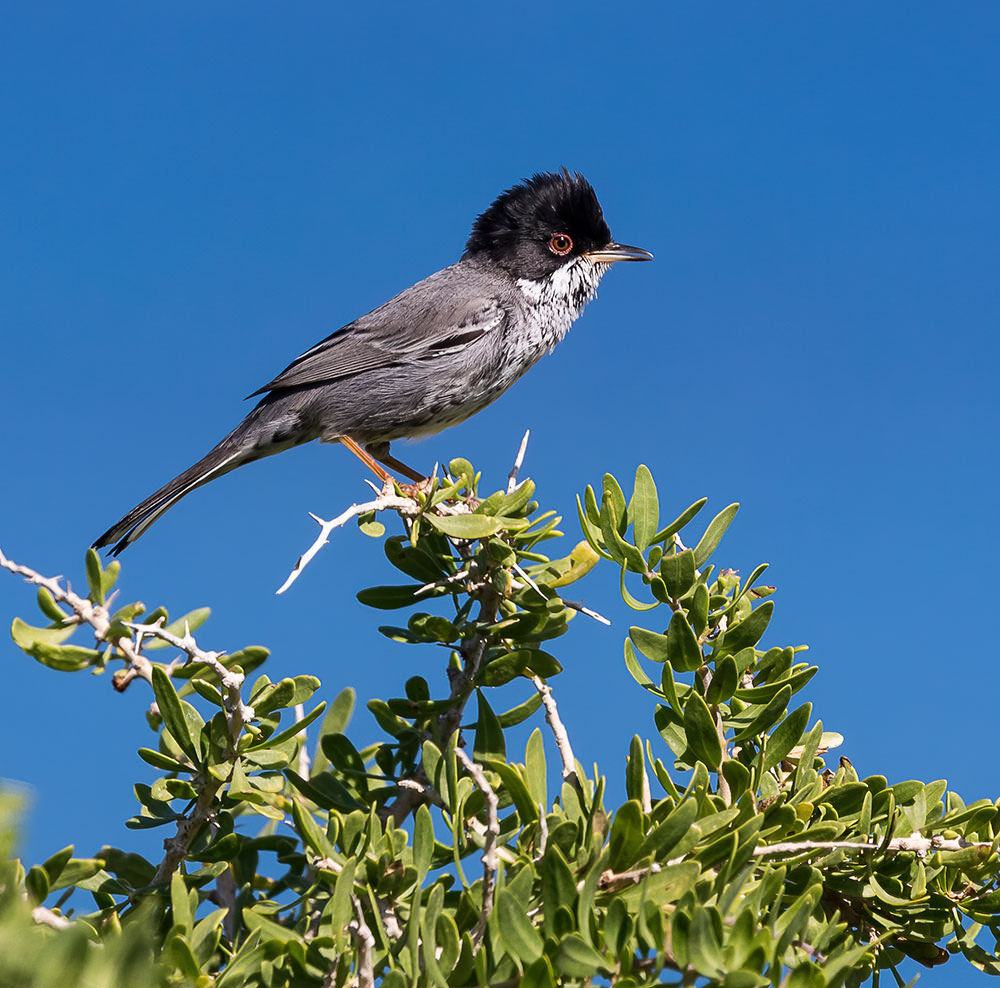Afghanistan – Armenia – Azerbaijan – Bahrain – Cyprus – Egypt – Georgia – Iran – Iraq – Israel – Jordan – Kazakhstan – Kuwait – Kyrgyzstan – Lebanon – Oman – Qatar – Saudi Arabia – South West Russia – Syria – Tajikistan – Türkiye – Turkmenistan – United Arab Emirates – Uzbekistan – Yemen

Capital: Nicosia
Area: 9,251 km2
BirdLife International partner: BirdLife Cyprus
Total number of bird species: 409 (as at December 2022)
Globally threatened bird species: 8
Country endemics: 4 endemic species, 2 endemic subspecies
Important bird and biodiversity areas: 34 IBAs with a total area of 3,100 km2
Rare birds committee: Cyprus Rare Birds Committee, PO Box 24382, 1703 Nicosia, Cyprus. A list of species requiring documentation can be found in recent editions of the Cyprus Bird Report or via email from the Committee Chair: janestycy@yahoo.co.uk.
Specialities:
Endemic species – Cyprus Scops Owl, Cyprus Coal Tit, Cyprus Warbler, Cyprus Wheatear
Endemic subspecies – Cyprus Jay Garrulus glandarius glaszneri, Dorothy’s Short-toed Treecreeper Certhia brachydactyla dorotheae
Along with the endemics listed above, Cyprus is an excellent country to see a number of regional specialties including Black Francolin, Bonelli’s Eagle, Demoiselle Crane, Spur-winged Lapwing, Greater Sand Plover, Audouin’s Gull, Armenian Gull, Eleonora’s Falcon, Masked Shrike, Bimaculated Lark, Eastern Orphean Warbler, Rüppell’s Warbler, Wallcreeper, Common Rock Thrush, Semi-collared Flycatcher, Desert Wheatear, Eastern Black-eared Wheatear, Finsch’s Wheatear, Cretzschmar’s Bunting and Black-headed Bunting.
Ornithological interest:
Cyprus is the third largest island in the Mediterranean Sea and, although a member of the European Union, geographically it lies in the Middle East, sitting some 40 miles south of the Turkish coast and 65 miles west of Syria. Most of the avifauna of Cyprus is of Western Palearctic origin and, of the island’s species list of 409, 57 are breeding residents. The remainder are summer or winter visitors, passage migrants or accidental visitors. Cyprus is therefore a perfect place to enjoy bird migration. Because of its geographical location, Cyprus is one of the few ‘European’ countries where Bateleur, White-eyed Gull, White-throated Kingfisher, Pied Kingfisher, Diederik Cuckoo, Arabian Lark, Dunn’s Lark, Bar-tailed Lark, African Desert Warbler, Ménétriés’s Warbler, Mountain Chiffchaff, Hypocolius, Brown-necked Raven, Mourning Wheatear, Desert Finch and Asian Crimson-winged Finch have been recorded. The four breeding endemics are relatively easy to find. Cyprus Warbler is present throughout year although some do leave the island in winter, while Cyprus Wheatear is a fairly ubiquitous summer visitor, present between late March and October. Cyprus Scops Owl occurs widely in the foothills and lightly-wooded areas throughout the island. This owl is in full voice between March and June. The upland pine forests are home to breeding Cyprus Coal Tit, Dorothy’s Short-toed Treecreeper and Cyprus Jay. All of these can be found quite easily in the Troodos, Paphos and Machairas forests.
Best times to visit:
Spring (March to May) and autumn (August to early November) migration periods can be especially productive, while a number of key species can be found in winter. Rarities occur regularly.
Essential reading:
Flint P & Richardson C (in press) The Birds of Cyprus (third edition), British Ornithologists’ Club, UK.
Richardson C & Porter R (2020) Birds of Cyprus, Christopher Helm.
Stylianou J (2022) Birdwatching in Cyprus: Where to go and what to look out for, BirdLife Cyprus.
The Cyprus Bird Report (published annually by BirdLife Cyprus) is an excellent source of information.
Trip report links:
12-19 March 2000
4-11 April 2000
21-27 December 2000
30 March-11 April 2001
9-16 April 2001
11-18 November 2001
25-31 March 2002
27 October-3 November 2002
5-12 January 2003
15-21 April 2003
4-11 April 2004
10-17 May 2004
2-8 November 2004
23-30 March 2019
14-21 March 2022
28 March-4 April 2022
5-12 April 2022
November 2022
25 March-1 April 2023
27 March-3 April 2023
14-21 April 2023
30 April-5 May 2023
Compilers:
Colin Richardson and Jane Stylianou
